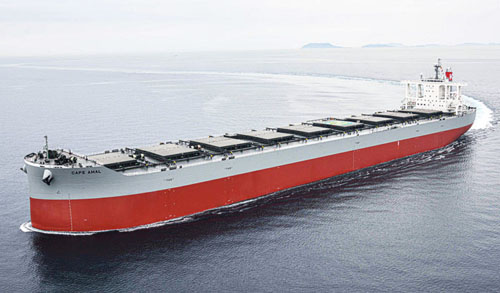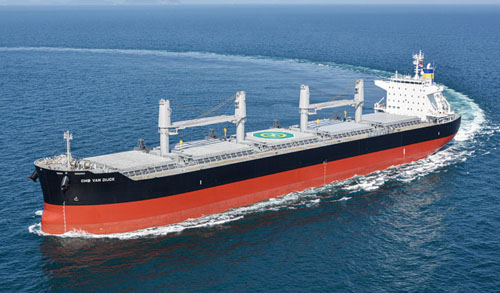Products
Product Portfolio
For All Your Needs
Consultoria Castrejon Commodities, has specialized in finding the best suppliers to offer various products from Latin America to our customers anywhere in the world. Our Mission is to locate the best price in the market and offer it to our clients quickly and safely to achieve an adequate relationship between buyers and suppliers.

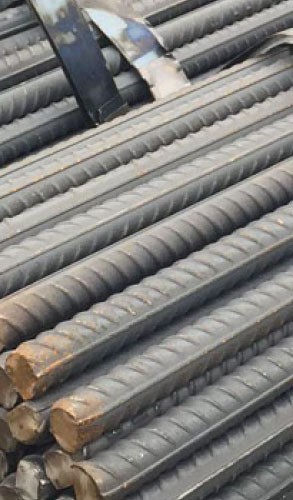
Our Products Portfolio
Metals, Coals, Raw Materials, Gas, Oil & Petroleum
Metals

Aluminium
Aluminium visually resembles silver, both in its color and in its great ability to reflect light. It is soft, non-magnetic and ductile. It has one stable isotope, 27Al; this isotope is very common, making aluminium the twelfth most common element in the Universe.
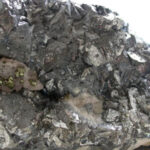
Cobalt
Is primarily used in lithium-ion batteries, and in the manufacture of magnetic, wear-resistant and high-strength alloys. The compounds cobalt silicate and cobalt(II) aluminate (CoAl2O4, cobalt blue) give a distinctive deep blue color to glass, ceramics, inks, paints and varnishes. Cobalt occurs naturally as only one stable isotope, Cobalt-59. Cobalt-60 is a commercially important radioisotope, used as a radioactive tracer and for the production of high-energy gamma rays.

Copper
Copper used in buildings, usually for roofing, oxidizes to form a green verdigris (or patina). Copper is sometimes used in decorative art, both in its elemental metal form and in compounds as pigments. Copper compounds are used as bacteriostatic agents, fungicides, and wood preservatives.
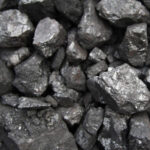
Iron Ore
Iron ore is the raw material used to make pig iron, which is one of the main raw materials to make steel—98% of the mined iron ore is used to make steel. In 2011 the Financial Times quoted Christopher LaFemina, mining analyst at Barclays Capital, saying that iron ore is «more integral to the global economy than any other commodity, except perhaps oil.
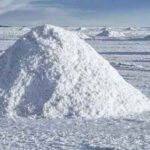
Lithium
Lithium and its compounds have several industrial applications, including heat-resistant glass and ceramics, lithium grease lubricants, flux additives for iron, steel and aluminium production, lithium batteries, and lithium-ion batteries. These uses consume more than three-quarters of lithium production. Lithium is present in biological systems in trace amounts; its functions are uncertain. Lithium salts have proven to be useful as a mood stabilizer and antidepressant in the treatment of mental illness such as bipolar disorder.
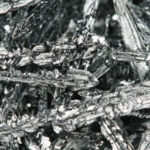
Palladium
Palladium is similar to platinum in its properties. Like platinum, this element can absorb an enormous quantity of hydrogen. It is a rare, malleable metal, able to maintain stability at high temperatures.
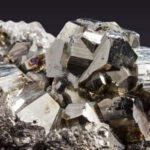
Rhodium
Rhodium is a rare, highly reflective, silvery metal. It exhibits high corrosion resistance and has a high melting point.
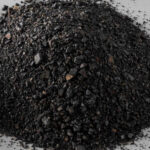
Tantalum
Tantalum is a rare, hard, blue-gray, lustrous transition metal that is highly corrosion-resistant. It is part of the refractory metals group, which are widely used as minor components in alloys.
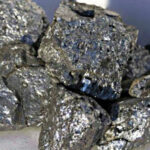
Tin
In 2018, just under half of all tin produced was used in solder. The rest was divided between tin plating, tin chemicals, brass and bronze alloys, and niche uses.
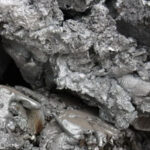
Zinc
Zinc is the fourth most common metal in use, trailing only iron, aluminium, and copper with an annual production of about 13 million tonnes.
Coal Products
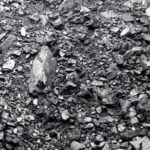
Coal ( Type A )
Our offering of bituminous coal It is used primarily as fuel in steam-electric power generation and to make coke. Known as steam coal in the UK, and historically used to raise steam in steam locomotives and ships.
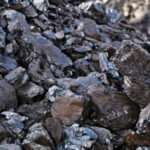
Coal ( Type B )
Raw Materials
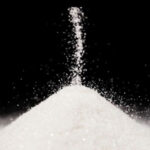
ICUMSA-45
It is the highest quality sugar available on the market today. It is a highly refined white sugar suitable for human consumption and for use in a wide range of food applications. It is perpetually in high demand as it is the safest form of sugar, due to the fact that the refining process by which it is created eliminates bacteria and contaminants often present in raw sugars.
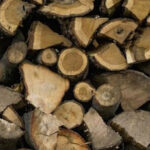
Wood
Lumber may be supplied either rough-sawn or surfaced on one or more of its faces. Besides pulpwood, rough lumber is the raw material for furniture-making, and manufacture of other items requiring cutting and shaping. It is available in many species, including hardwoods and softwoods, such as white pine and red pine.
Petroleum Derived Products
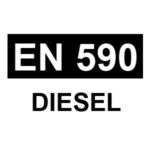
EN 590
The EN 590 had been introduced along with the European emission standards. With each of its revisions the EN 590 had been adapted to lower the sulphur content of diesel fuel – since 2007 this is called ultra low sulphur diesel as the former function of sulphur as a lubricant is absent (and needs to be replaced by additives).

JET A 1
JET A 1, Aviation Turbine Fuel (ATF), aviation fuel, jet fuel, jet fuel or avtur is a type of aviation fuel designed for use in aircraft powered by gas turbine engines, as distinguished from avgas, used in piston engine aircraft. It is colorless to straw-colored in appearance. The most commonly used fuels for commercial aviation are Jet A and Jet A-1 which are produced to a standardized international specification. The only other jet fuel commonly used in turbine-engined civil aviation is Jet B, which is used to improve its cold performance.
Aviation turbine fuel is a mixture of a large number of different hydrocarbons. The range of their sizes (molecular weights or carbon numbers) is defined by requirements for the product, such as the freezing or smoke point. Kerosene-type jet fuel (including Jet A and Jet A-1) has a carbon number distribution between about 8 and 16 (carbon atoms per molecule); Wide type or naphtha type jet fuel (including Jet B), between about 5 and 15.
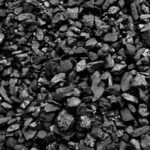
Petroleum Coke
Petroleum coke, abbreviated coke or petcoke, is a final carbon-rich solid material that derives from oil refining, and is one type of the group of fuels referred to as cokes. Petcoke is the coke that, in particular, derives from a final cracking process—a thermo-based chemical engineering process that splits long chain hydrocarbons of petroleum into shorter chains—that takes place in units termed coker units. (Other types of coke are derived from coal.) Stated succinctly, coke is the «carbonization product of high-boiling hydrocarbon fractions obtained in petroleum processing (heavy residues)».
Petcoke is also produced in the production of synthetic crude oil (syncrude) from bitumen extracted from Canada’s oil sands and from Venezuela’s Orinoco oil sands.
In petroleum coker units, residual oils from other distillation processes used in petroleum refining are treated at a high temperature and pressure leaving the petcoke after driving off gases and volatiles, and separating off remaining light and heavy oils. These processes are termed «coking processes», and most typically employ chemical engineering plant operations for the specific process of delayed coking.
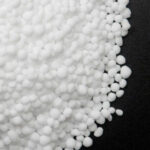
Urea
Urea, also known as carbamide, is an organic compound with chemical formula CO(NH2)2. This amide has two amino groups (–NH2) joined by a carbonyl functional group (–C(=O)–). It is thus the simplest amide of carbamic acid.
Urea serves an important role in the metabolism of nitrogen-containing compounds by animals and is the main nitrogen-containing substance in the urine of mammals. Urea is New Latin, from French urée, from Ancient Greek οὖρον (ouron, «urine»), itself from Proto-Indo-European h₂worsom.
It is a colorless, odorless solid, highly soluble in water, and practically non-toxic (LD50 is 15 g/kg for rats). Dissolved in water, it is neither acidic nor alkaline. The body uses it in many processes, most notably nitrogen excretion. The liver forms it by combining two ammonia molecules (NH3) with a carbon dioxide (CO2) molecule in the urea cycle. Urea is widely used in fertilizers as a source of nitrogen (N) and is an important raw material for the chemical industry.
Customer Service
Logistic & Transportations
Consultoria Castrejon, transports cargo by air and sea, seeking the best logistics solutions for our customers and suppliers.
This allows us to mobilize from a container to a Bulk Carrier.
